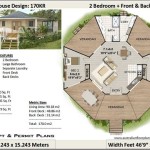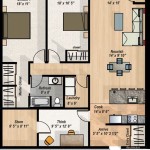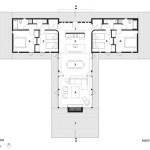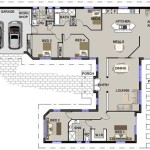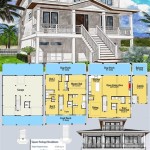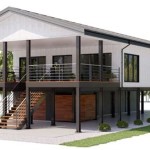How to Draw Scale Drawings for Planning Permission
Scale drawings are crucial for planning permission applications, providing a visual representation of proposed construction or alterations. Clear, accurate drawings are essential for conveying the project's scope and ensuring compliance with building regulations. This article outlines the process of creating scale drawings suitable for planning applications.
1. Understanding Scale and Measurement
The first step in creating a scale drawing is understanding scale. Scale represents the ratio between the drawing's dimensions and the actual dimensions of the project. Common scales for planning drawings include 1:100, 1:50, and 1:20. A scale of 1:100 means that 1 unit on the drawing represents 100 units in reality. Accurate measurement is vital; use a quality measuring tape, laser measure, or other precision tools to obtain real-world dimensions.
2. Choosing the Right Tools and Materials
Several tools can be used to create scale drawings. Traditional methods involve using drawing boards, T-squares, set squares, scales, and pencils. Computer-aided design (CAD) software provides a more modern approach, offering greater precision and flexibility. Choose the method best suited to your skills and resources. High-quality paper, pens, and pencils are necessary for traditional drawing, while a suitable computer and CAD software are required for digital drafting.
3. Creating a Site Plan
The site plan provides an overview of the entire property, including existing buildings, boundaries, and surrounding features. It should show the proposed development's location within the site context. Begin by drawing the property boundaries, accurately representing their dimensions according to the chosen scale. Then, add existing structures, vegetation, and other relevant site features. Clearly indicate north on the plan.
4. Drawing Floor Plans
Floor plans depict the internal layout of each floor of the proposed building or alterations. These drawings show the arrangement of rooms, walls, doors, windows, and staircases. Start by drawing the external walls to scale, then add internal walls, partitions, and openings. Include dimensions for rooms, wall thicknesses, and window and door sizes. Indicate the intended use of each room or space. Ensure the floor plan aligns with the overall site plan.
5. Elevations and Sections
Elevations show the external faces of the proposed building or alterations. These drawings depict the height and design of each facade, including windows, doors, rooflines, and other architectural features. Sections are drawings that cut through the building, revealing its internal structure and height. These drawings are essential for understanding the building's relationship to its surroundings and demonstrating compliance with height restrictions. Label all important features and dimensions on both elevations and sections.
6. Including Key Information and Details
Scale drawings for planning permission must include specific information. Clearly state the chosen scale on each drawing. Provide a north point on the site plan. Include dimensions for all relevant features. Label rooms and spaces on floor plans. Identify materials and finishes where appropriate. Add a title block to each drawing, containing the project name, address, drawing title, and date. Ensure all text is legible and consistent across all drawings.
7. Using CAD Software for Scale Drawings
CAD software offers significant advantages for creating scale drawings. It allows for precise drafting and easy modification. Many CAD programs include libraries of standard architectural symbols and components, simplifying the drawing process. CAD software can automatically generate dimensions and calculate areas. Digital drawings are easy to store, share, and revise. While CAD software requires a learning curve, the benefits in terms of accuracy and efficiency are substantial.
8. Checking for Accuracy and Completeness
Before submitting scale drawings for planning permission, thoroughly check them for accuracy and completeness. Verify that all dimensions are correct and consistent with the chosen scale. Ensure all required information is included, such as the scale, north point, and title block. Review the drawings for clarity and legibility. Consider having a professional architect or draftsperson review the drawings before submission. Accurate and complete drawings significantly increase the chances of a successful planning application.
9. Submitting Drawings for Planning Permission
Planning authorities typically require a specific number of copies of each drawing, often printed on A3 or A1 size paper. Check with the local planning authority for their specific requirements regarding file formats, submission methods, and the number of copies needed. Digital submissions are becoming increasingly common, often in PDF format. Ensure the drawings are clearly labeled and organized for easy review by the planning officer. Accompany the drawings with the completed planning application forms and any other required documentation.

Planning Drawings

Planning Drawings

Producing Drawings For Planning Permission S

Step By Guide To Your Simple Construction Projects Do I Need Planning Permission

1 Floor Plan Easy To Use Get Planning Permission

Planning Drawings

Scale Drawing Designing Buildings

Planning Drawings Prime Stables

Planning Drawings

1 Floor Plan Easy To Use Get Planning Permission
Related Posts

